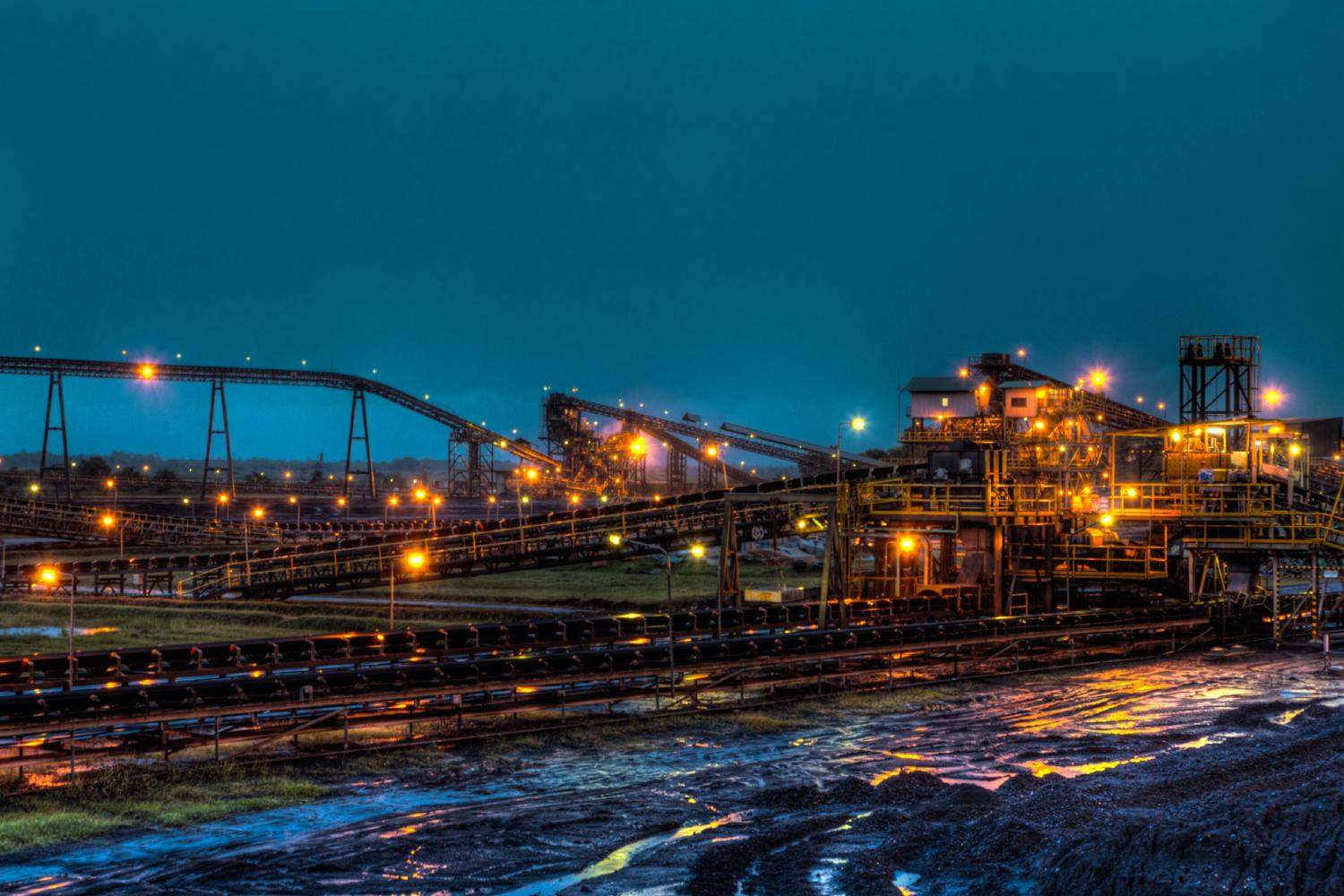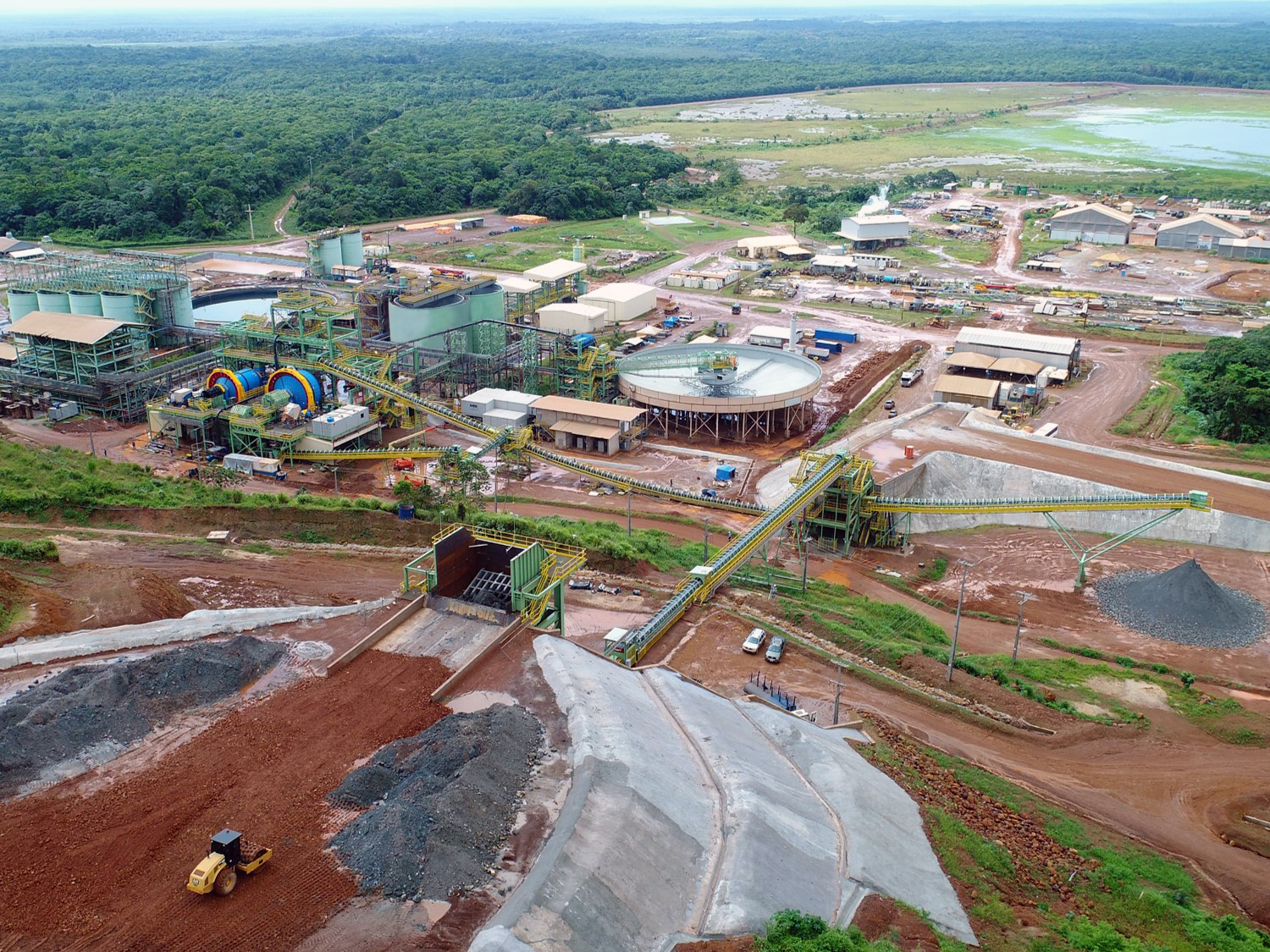4IR Technologies to Boost Competitiveness of Africa’s Mining Industry

Of the global energy transition, critical mineral resources represent a crucial source of revenue for many African nations.
As a result, the continent is well-positioned to leverage and embrace Fourth Industrial Revolution (4IR) technologies – including artificial intelligence (AI), automation, data analytics and predictive modeling – to optimize production processes, enhance decision-making and render its mining sector more competitive globally.
Set to define the future of mining, real-time data analytics provide additional insights into underlying mining systems and enable short interval control approaches for decision-making. Mining-specific solutions include tracking loads of materials being transported from mines, wear rates on critical mining tools to enable predictive maintenance, and computer vision applications, which all contribute towards developing a robust data engineering process and limiting the complexity of data management and warehousing.
In South Africa – a leading producer of platinum, chrome, gold and diamonds globally – ICT provider BCX has deployed 5G wireless-enabled technology to the Nungu Mine, enabling video monitoring and integrated connectivity to enhance the mine’s operational efficiencies and safety.
With evolving Environmental, Social, and Governance (ESG) standards, rising energy costs and limited infrastructure, mining firms operating in Africa are being compelled to innovate to improve efficiency and cut costs. Technologies such as AI and predictive analytics create actionable insights from raw data and offer the potential to reduce unplanned downtime, streamline processes, improve asset performance, and achieve more reliable and predictable outcomes for mining throughputs.
For example, ICT company Minetec Smart Mining has implemented collision avoidance devices across its operations in South Africa, with a view to reducing risk exposure and fatalities around mining operations.
Additionally, predictive analytic solutions and deep learning approaches can help diagnose equipment issues before failure and forecast an asset’s remaining lifetime. This technology is poised to enable mining companies to optimize maintenance schedules, thus allowing users to mitigate potential failures and maximize operational strategies.
Mining companies operating in Africa have already begun to embrace digitalization and 4IR technologies, taking advantage of the full spectrum of live metrics and data analytics to minimize their consumption of limited resources, reduce waste, improve transparency and ensure compliance.
In Mali, the Syama Underground Gold Mine – developed by the Société des Mines de Syama – installed fiber-optic network connections to better manage and monitor mining activities. The Syama Mine is the world’s first purpose-built automated mine and has served to reduce costs by approximately 30% while improving overall efficiency. Meanwhile, in December 2021, diamond mining producer Debswana inaugurated its first 5G-oriented smart mine at the Jwaneng open-pit diamond mine in Botswana. The network solution provides stable connectivity while enabling interconnection among the mine’s production, safety and security systems.
Data analytics and predictive maintenance in mining is expected to reduce the planning time of operations by 20%-50%, while reducing overall operational costs by roughly 10%. Mining companies in Africa that embrace digitalization can save millions of dollars in averted asset failures, while improving consistency, performance and reliability. Meanwhile, the adoption of renewable energy systems can help the African mining sector reduce its environmental impact, with autonomous 4IR technologies poised to cut fuel consumption in processes such as loading, crushing and drilling.
Some of the continent’s most recent mines, such as the Kamoa-Kakula Copper Complex – operated by diversified mining company, Ivanhoe Mines – are being designed with automated equipment, allowing operators to work remotely, or semi-remotely, thereby vastly improving safety for miners.
The economic and environmental benefits of digitalization in the African mining sector will allow active mines to become more profitable and productive, while contributing to the reskilling of the local workforce through digital skills and training programs. Critical for the production of renewable energy technologies, such as solar panels, wind turbines, and electric vehicle batteries, the continent produces approximately 80% of the world’s platinum, 70% of global cobalt, 50% of its manganese, and a substantial amount of chromium, in addition to other critical resources such as copper, lithium, and rare earth elements.
Embracing available and future 4IR technologies will be imperative for the resilience and sustainability of the African mining industry, allowing the continent to drive ESG performance standards while ensuring its extractive sector remains competitive on the global stage.













